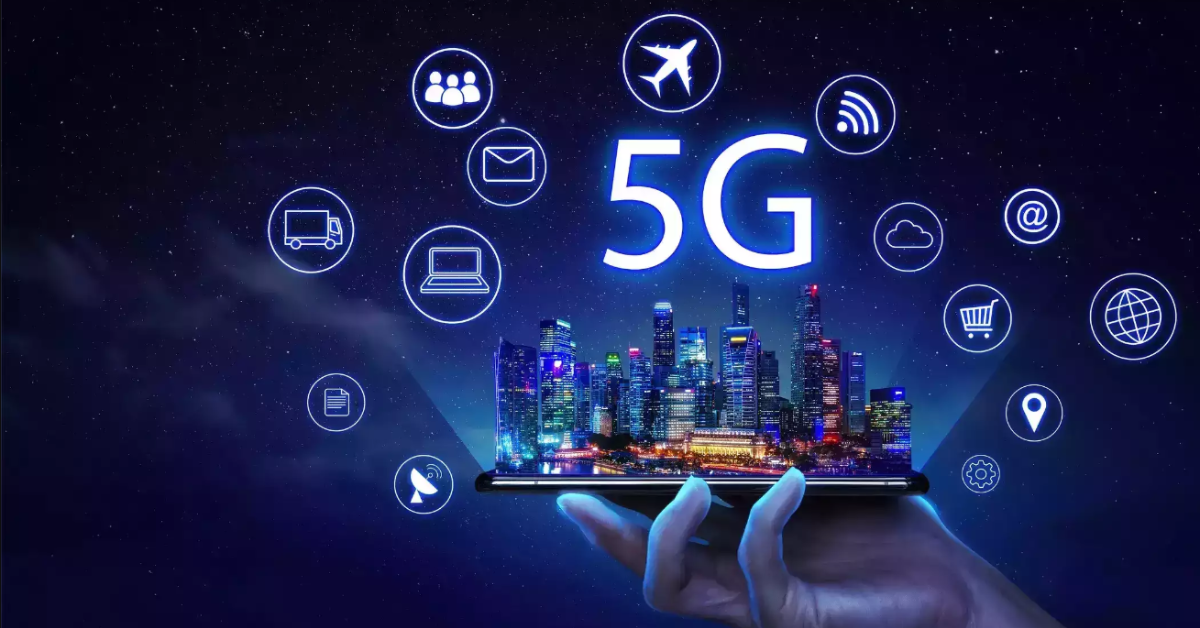As we move further into 2024, Virtual Reality (VR) and Augmented Reality (AR) are not just buzzwords but are actively transforming the gaming landscape. With rapid advancements in technology, these immersive experiences are becoming more sophisticated, accessible, and integrated into our daily lives. Here’s a look at some of the most exciting innovations in VR and AR that are reshaping how we play, interact, and experience digital worlds.
1. Next-Gen VR Headsets: A Leap Forward in Immersion
The latest VR headsets are pushing the boundaries of immersion with several key advancements:
- Enhanced Resolution and Field of View: New headsets offer sharper visuals and a wider field of view, making virtual environments feel more expansive and detailed. With increased pixel density and faster refresh rates, the experience is smoother and more lifelike than ever before.
- Wireless and Standalone Systems: The shift towards wireless VR is gaining momentum. Standalone headsets, which don’t require external sensors or cables, are becoming more powerful. This freedom of movement is crucial for a fully immersive experience, allowing players to engage more naturally with virtual environments.
2. Revolutionary Tracking and Interaction Technologies
Advancements in tracking and interaction are making VR more intuitive:
- Eye Tracking: This technology is not only enhancing the realism of virtual environments but also optimizing performance by adjusting graphical fidelity based on where you’re looking. This means less strain on hardware and more realistic interactions.
- Hand and Finger Tracking: The evolution of hand and finger tracking is allowing for more natural interactions within VR. Players can manipulate objects and interact with the virtual world using their hands, eliminating the need for physical controllers and creating a more immersive experience.
3. The Rise of AR Glasses and Wearables
AR is making significant strides with new devices that seamlessly integrate digital information into our everyday lives:
- Lightweight AR Glasses: Modern AR glasses are becoming more stylish and practical. They overlay digital information onto the real world in a non-intrusive way, offering notifications, navigation aids, and interactive content without disrupting daily activities.
- Improved Spatial Awareness: Advances in spatial awareness technology are allowing AR devices to better understand and interact with the physical world. This leads to more dynamic and context-aware experiences, enhancing both productivity and entertainment.
4. AI and Machine Learning Integration
Artificial Intelligence (AI) is playing a crucial role in advancing VR and AR experiences:
- Adaptive Environments: AI is enabling virtual environments to adapt in real-time based on user behavior and preferences. This creates a more personalized and engaging experience, whether you’re exploring a virtual world or participating in a mixed reality scenario.
- Realistic NPCs: AI-driven NPCs (non-player characters) are becoming more lifelike, with improved behavior patterns and interactions. This adds depth and realism to VR games, making them more engaging and interactive.
5. Social VR and Collaborative Experiences
The social aspect of VR is growing, with platforms focusing on virtual spaces where users can interact and collaborate:
- Virtual Social Spaces: VR platforms are developing expansive virtual environments where users can meet and socialize. These spaces are becoming more sophisticated, with realistic avatars and interactive elements that make social interactions feel genuine.
- Collaborative Gaming: Multiplayer VR experiences are evolving, allowing users to work together on tasks or compete in shared environments. This fosters a sense of community and teamwork within the virtual realm.
6. Advanced Haptics and Sensory Feedback
The future of VR is not just visual but also tactile:
- Haptic Feedback: New haptic technology is making virtual interactions feel more real by simulating physical sensations such as texture and impact. This adds a new layer of immersion, making virtual experiences feel more tangible.
- Full-Body Tracking: Some systems now offer full-body tracking and haptic suits, enabling users to feel physical sensations that correspond with their actions in the virtual world. This enhances the realism and engagement of VR experiences.
7. Mixed Reality (MR) Innovations
Mixed Reality is blending the best of VR and AR:
- Seamless Integration: MR technologies are creating experiences that combine digital elements with the physical world in a more seamless manner. This allows for interactive and immersive experiences that are both virtual and real.
- Applications Beyond Gaming: MR is extending beyond gaming into areas like education, training, and remote work, offering new ways to interact with and learn from digital content.
8. Accessibility and User Experience Improvements
Making VR and AR accessible to everyone is a priority:
- Ease of Use: New VR and AR systems are focusing on user-friendly designs and adaptive controls to ensure that a wider audience can enjoy these technologies. This includes options for those with physical disabilities and customizable settings for different needs.
- Affordability: As technology advances, the cost of VR and AR devices is decreasing. This democratization of technology means that more people can access and enjoy high-quality immersive experiences.
9. Integration with Emerging Technologies
VR and AR are intersecting with other cutting-edge technologies:
- Blockchain and NFTs: Integration with blockchain and NFTs is enabling unique in-game assets and virtual real estate with verifiable ownership. This adds a new dimension to virtual worlds and gaming economies.
- 5G Connectivity: The rollout of 5G is enhancing VR and AR experiences by providing faster and more reliable data transmission. This reduces latency and supports more complex and interactive applications.
10. Evolving Content Creation Tools
The tools for creating VR and AR content are becoming more advanced:
- User-Friendly Platforms: New platforms are making it easier for creators to develop VR and AR content. These tools lower the barrier to entry and support a wider range of creative projects.
- Enhanced Development Features: Advanced development tools are offering better support for graphics, physics, and interactivity, allowing creators to build richer and more engaging experiences.
Conclusion
The innovations in VR and AR are transforming how we interact with digital content and each other. As technology continues to evolve, we can expect even more immersive, interactive, and integrated experiences that push the boundaries of what’s possible. Whether you’re a gamer, a creator, or just curious about the future of technology, keeping an eye on these advancements will reveal the next exciting chapter in the world of VR and AR.





